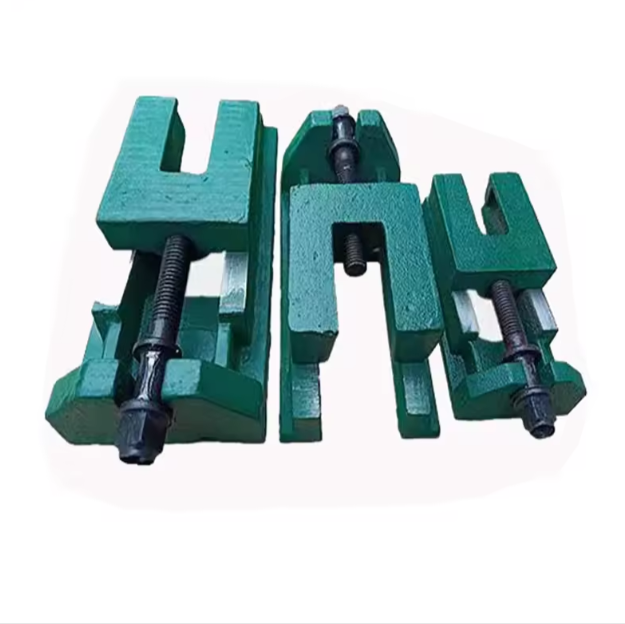డిసెం . 03, 2024 22:55 Back to list
250mm Butterfly Valve Specifications and Applications for Efficient Fluid Control Systems
Understanding the 250mm Butterfly Valve Its Importance, Design, and Applications
Butterfly valves are essential components in various industrial applications due to their simple design, effective performance, and affordability. Among these, the 250mm butterfly valve stands out for its notable versatility and reliability. In this article, we will explore the fundamental aspects of the 250mm butterfly valve, its design specifications, advantages, applications, and maintenance practices.
What is a Butterfly Valve?
A butterfly valve is a type of quarter-turn valve. It consists of a circular disc or plate that rotates within the piping system to regulate the flow of fluids. When the valve is fully open, the disc is parallel to the flow direction, allowing maximum fluid passage. Conversely, when the valve is closed, the disc is perpendicular to the flow, effectively blocking it. This simple mechanism makes butterfly valves an efficient choice for flow control in various systems.
Design and Specifications of the 250mm Butterfly Valve
The designation 250mm refers to the valve's nominal diameter, indicating a size suitable for moderate to large-scale applications. Valves of this size are typically made from materials such as cast iron, stainless steel, or plastic, depending on the application requirements.
1. Dimensions A 250mm butterfly valve will generally have specific flange dimensions that comply with industry standards, ensuring compatibility with piping systems. The overall dimension may also vary based on the design style, such as lug, wafer, or flanged types.
2. Temperature and Pressure Ratings Different materials can withstand different temperatures and pressures. For instance, a stainless steel butterfly valve can handle higher temperatures and pressures compared to its plastic counterpart. It’s essential to select the right material based on the specific application to ensure durability and safety.
3. Actuation Butterfly valves can be operated manually or automatically. Manual valves are typically equipped with a handle, while automated valves could be actuated using pneumatic, hydraulic, or electric actuators, improving operational efficiency and control.
Advantages of the 250mm Butterfly Valve
- Space Efficiency The compact design of butterfly valves requires less space compared to other valve types. This makes them particularly suitable for settings where space is constrained, such as in pipeline installations and densely packed machinery.
- Quick Operation The quarter-turn operation allows for swift opening and closing, providing rapid control over fluid flow, which is critical in processes that require immediate response.
- Cost-Effectiveness Butterfly valves are generally more economical to manufacture and install than other types of valves, making them a favored choice in large-scale projects that need to maintain budget constraints.
250mm butterfly valve

- Versatility They are suitable for handling a variety of media, including water, gases, and slurries. Their adaptability allows them to be used across multiple industries, including water treatment, HVAC systems, and chemical processing.
Applications of the 250mm Butterfly Valve
The 250mm butterfly valve finds application in a myriad of industries
1. Water Supply and Sewage Systems In municipal systems, these valves are employed to regulate water flow and manage sewage discharges, ensuring efficient waste treatment and supply management.
2. Oil and Gas The valve plays a crucial role in pipeline systems, where it helps in controlling the flow of gases and liquids, contributing to safety and efficiency in operations.
3. Power Generation Used in cooling water systems and as part of the fuel handling processes, butterfly valves are integral to maintaining operational efficiency in power plants.
4. Food and Beverage The cleanability of butterfly valves makes them suitable for the food and beverage industry, where hygiene is paramount.
Maintenance Practices for Butterfly Valves
To ensure the longevity and operational efficiency of a 250mm butterfly valve, regular maintenance is essential. Here are some practices to consider
- Inspection Regularly inspect the valve for signs of wear, corrosion, or damage. Early detection of issues can prevent failures that may lead to costly downtime.
- Lubrication If the valve operates manually, ensure that all moving parts are adequately lubricated to facilitate smooth operation and to minimize wear and tear.
- Testing Periodic testing of the valve’s functionality should be conducted to ensure it opens and closes correctly and maintains its sealing capabilities.
In conclusion, the 250mm butterfly valve is a critical component for various fluid control applications. With its robust design, cost-effectiveness, and versatile nature, it serves numerous industries effectively. When properly maintained, these valves can provide reliable service, ensuring smooth and efficient operational processes in various applications.
-
Thread Plug Gauge Our Promise of Measurement ExcellenceNewsAug.22,2025
-
Gauge Pin Class Reflecting Quality LegacyNewsAug.22,2025
-
Check Valve Types for High Rise BuildingsNewsAug.22,2025
-
Water Control Valve for Irrigation SystemsNewsAug.22,2025
-
Gate Valve with Soft Seal TechnologyNewsAug.22,2025
-
Y Type Strainer for Oil and Gas ApplicationsNewsAug.22,2025
Related PRODUCTS









